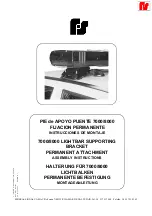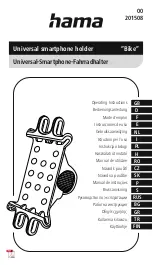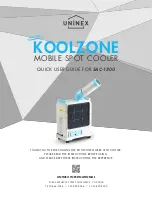
Operation
Filtered air flow.
A high efficiency aspirator
continually draws air through a simple pipe network to a
central detector. Air entering the sensor housing passes a
flow sensor before the sample is passed through a
dual-stage dust filter. The majority of air is exhausted
from the detector and where required, back vented to the
protected area. The first stage of the air filter removes
dust and dirt from the air sample before it enters the
smoke detection chamber. A second, ultra-fine filter stage
provides a clean air supply to be used inside the detection
chamber to form clean air barriers which protect the
optical surfaces from contamination.
Laser detection chamber.
The detection chamber uses
a stable, highly efficient laser light source and unique
sensor configuration to achieve optimum response to a wide
range of smoke types. When smoke passes through the
detection chamber, it creates light scattering which is
detected by very sensitive sensor circuitry. The analog level
of the sensor is then communicated to the fire alarm control
panel for comparison to pre-selected alarm thresholds.
Operation (Continued)
Status logging.
The sensor status history for all alarms,
service, and fault events, is monitored and logged with
time and date stamps within the electronics of the sensor,
accessible via the local computer port. General trouble
status indications are communicated to the panel as either
sensor troubles or “no answer” troubles.
Additional Information
Refer to Installation Instructions 19772 shipped with the
VLC-600 for additional information.
Model
Description
VLC-600
TrueAlarm LaserCOMPACT Smoke Sensor (sampling pipe is ordered separately)
2098-9808
Remote Red LED Status Indicator on single gang stainless steel plate; mounting requires a single gang
box, 1 ½” minimum depth; connections are color coded wire leads
Sensor Voltage
18 to 30 VDC, supplied from fire alarm control panel
Sensor Current
205 mA @ 24 VDC; supervisory and alarm
Communications
Compatibility
4100ES/4010ES/4100U IDNet or MAPNET II addressable
communications, automatically selected
Loading One address, one unit load per sensor
Electrical Terminations
Terminal blocks for 18 to 12 AWG
Operating Conditions
Sensor Ambient 14° F to 103° F (-10° C to 39° C)
Sampled Air -4° F to 140° F (-20° C to 60° C)
Sensor Humidity 10-95% RH, non-condensing
Sampling Network
Maximum area of coverage = 8000 ft
2
, maximum pipe length in
accordance with Vision Systems computer design tool (ASPIRE) and
NFPA standards
UL Listed Velocity Range
0 to 4000 ft/min (0 to 1200 m/min)
Alarm Sensitivity Range
0.016% to 4.08%/ft obscuration, selected at the fire alarm control panel;
NOTE:
UL listed evacuation alarm sensitivity is not to be less sensitive
than 0.625%/ft
Recognized Sensitivity Levels
Three levels, selectable and designated as required at the fire alarm
control panel
Sensor Service Access
Internal DB-9, RS-232 connection for a service computer using VESDA
Vconfig Pro software program (authorized service access only)
Enclosure Rating
NEMA 1 (IP 30)
Weight
4.2 lbs (1.9 kg)
2
S4098-0036-7 7/2013
Product Selection
Specifications






















